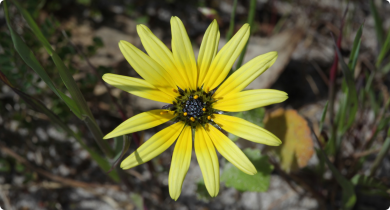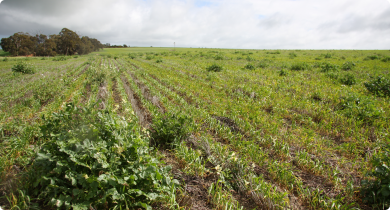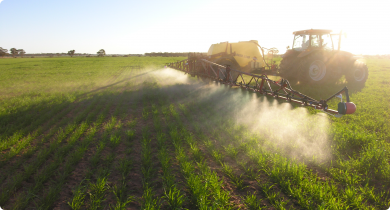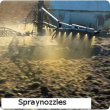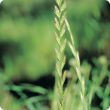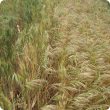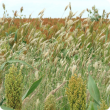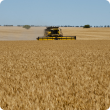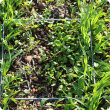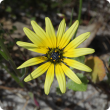Crop weeds
Weeds are estimated to cost Australian agriculture more than $2.5 billion per year. Understanding weeds and the various methods to control them ultimately reduces costs and improves productivity.
The Department of Primary Industries and Regional Development conducts research into the management of weeds and has developed integrated weed management (IWM) packages, that incorporate a number of varied weed control options, including chemical, physical and biological strategies, are vital for sustainable weed management in this state.
Weed populations that have developed herbicide resistance, where standard herbicide treatments are no longer effective, pose an increasing threat to WA's agricultural production.
See Also
- Crop weeds: integrated weed management (IWM)
- Herbicides
- Summer weeds
- Control of green bridge for pest and disease management
- GRDC Research Updates 2017: Annual ryegrass viable seed reduced by desiccation and swathing of canola
- Research Updates 2017: Eleven years of narrow row spacing – higher yield and fewer weeds
- GRDC Research Updates 2017: Improving adoption of IWM practices for managing emerging weeds in the western region
Filter by search
Filter by topic
- (-) Remove Grains filter Grains
- Crops (28) Apply Crops filter
- (-) Remove Grains research & development filter Grains research & development
- Control methods (10) Apply Control methods filter
- Herbicides (7) Apply Herbicides filter
- Wheat (7) Apply Wheat filter
- Chemicals (7) Apply Chemicals filter
- Mechanical, physical and cultural (4) Apply Mechanical, physical and cultural filter
- Pastures (3) Apply Pastures filter
- Pasture management (3) Apply Pasture management filter
- Canola (3) Apply Canola filter
- Soils (2) Apply Soils filter
- Managing soils (2) Apply Managing soils filter
- Climate, land & water (2) Apply Climate, land & water filter
- Lupins (2) Apply Lupins filter
- Soil acidity (1) Apply Soil acidity filter
- Soil nutrients (1) Apply Soil nutrients filter
- Water repellence (1) Apply Water repellence filter
- Pulses (1) Apply Pulses filter
- Oats (1) Apply Oats filter
- Barley (1) Apply Barley filter
- Crop diseases (1) Apply Crop diseases filter
- Diseases (1) Apply Diseases filter

